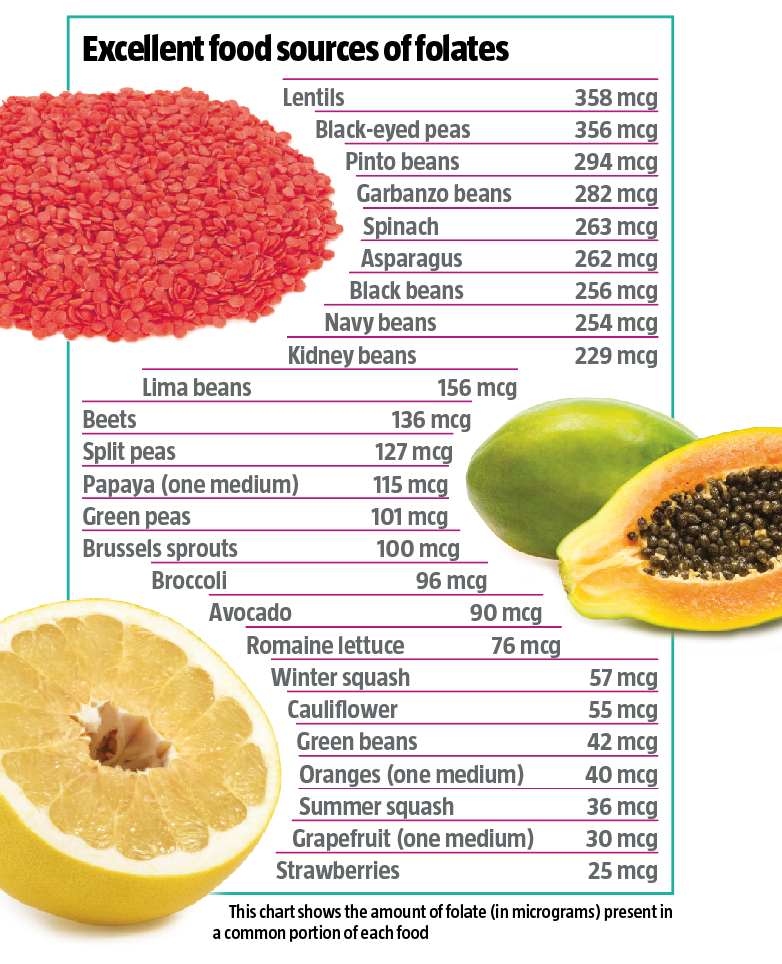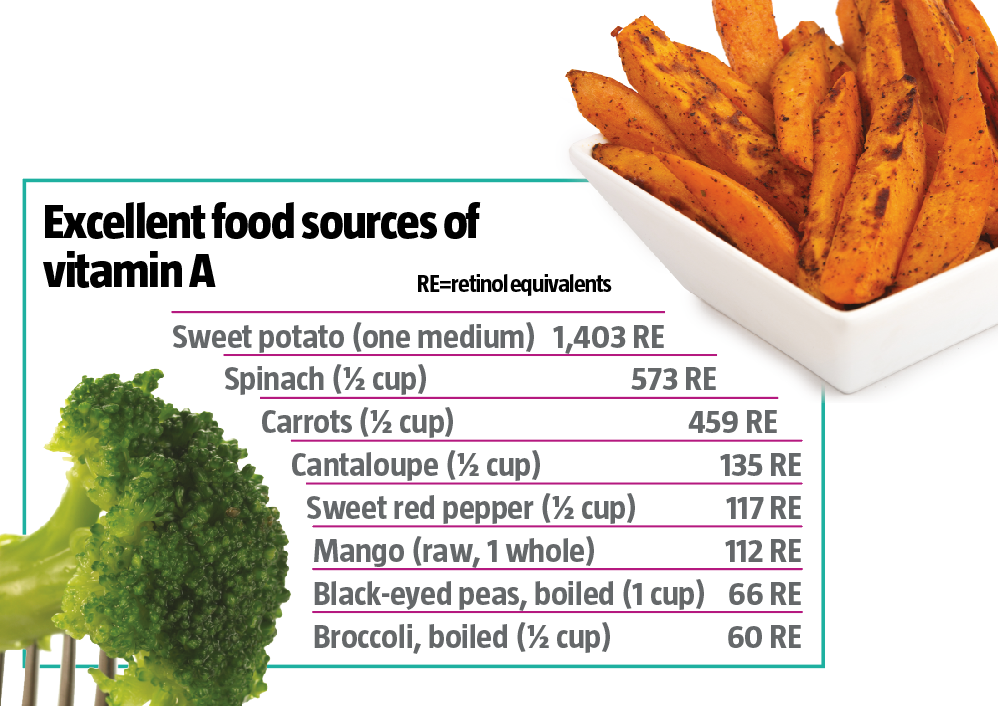
Are you overweight? Or perhaps you’re even obese? The standard classification that determines this is the BMI (body mass index) score – but there are some who are calling for a new method to assess our health and predict future problems. For one thing, the BMI doesn’t tell the whole story, as several recent studies have revealed.
Researchers from the University of California did a complete health check – including blood pressure, cholesterol and glucose readings, insulin resistance and markers of inflammation – of 40,420 adults. Nearly half the people who were overweight and 29 per cent of the obese – as classified by their BMI score – were metabolically healthy, whereas 30 per cent of those in the normal-weight BMI range were not.1
Another study found that people with a low BMI score were up to 26 per cent more likely to die following a heart attack than those of normal weight, so putting thin and most likely frail people “at a significant survival disadvantage over time”.2

The BMI score
Developed in the 1840s, it’s a simple score that’s determined by dividing your weight (in kg) by your height squared (m2), and supposed to give an indication of the amount of body fat. Anyone with a score of 25 kg/m2
or over is considered overweight, while a score of 30 kg/m2 or higher indicates obesity.
But there’s a lot wrong with the BMI: it can’t differentiate between fat and muscle, or between men and women, come to that.
If you don’t have a computer to access the many web calculators out there, you can work out your BMI score by dividing your weight in kg by your height in m, then dividing the answer by your height again. So, if you weigh 70 kg and you’re 1.75 m tall, divide 70 by 1.75 – which gives you 40. Now divide that again by 1.75 (your height) and your BMI is 22.9, or ‘normal’.
Here are the BMI levels:
Underweight: below 18.5 kg/m2
Normal: 18.5–24.9 kg/m2
Overweight: 25–29.9 kg/m2
Obese: 30+ kg/m2


|
references |
|
|
1 |
Int J Obes [Lond], 2016; 40: 883–6 |
|
2 |
PLoS Med, 2016; 13: e1001998 |
|
3 |
Presentation at the American College of Cardiology Scientific Session, 2 April 2016, Chicago, Illinois |
What do you think? Start a conversation over on the... WDDTY Community